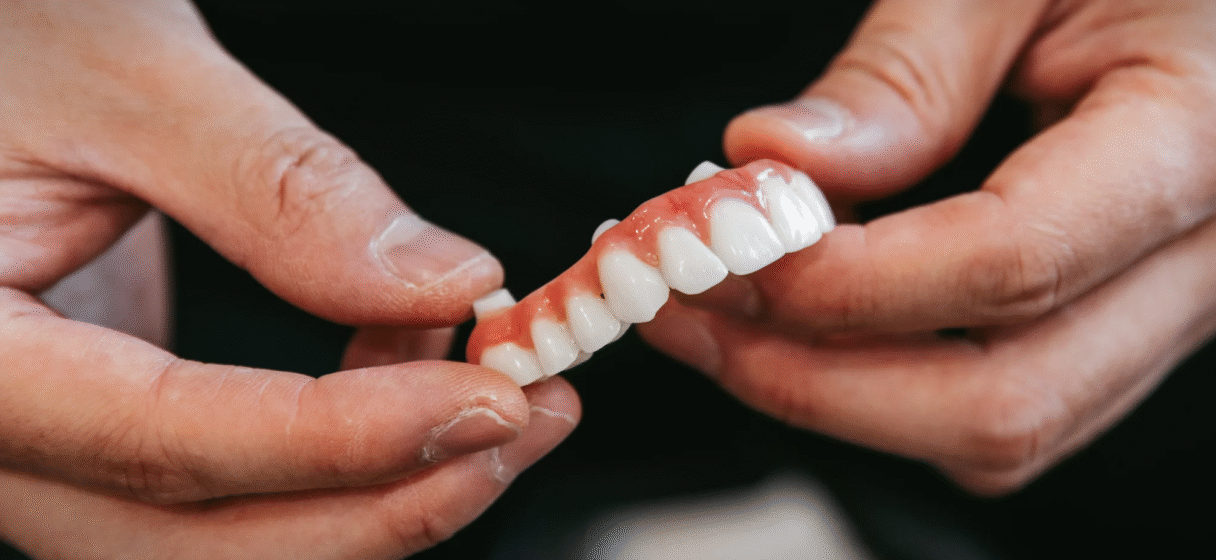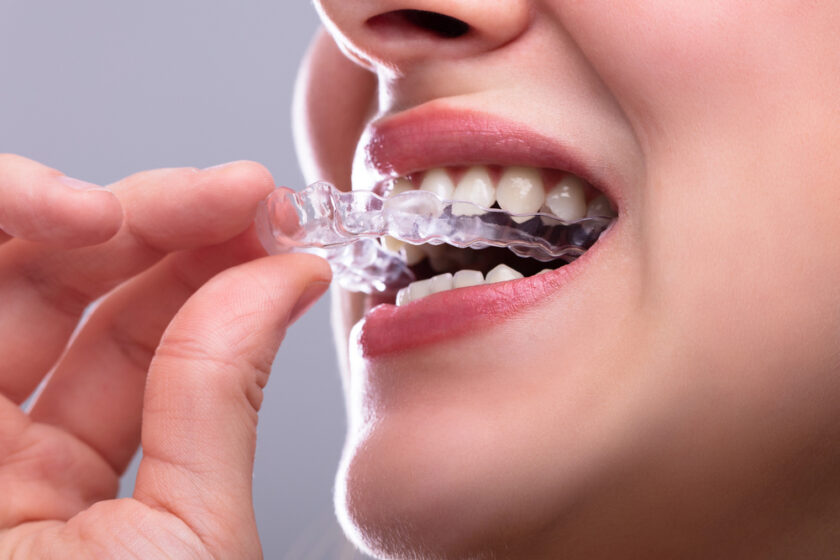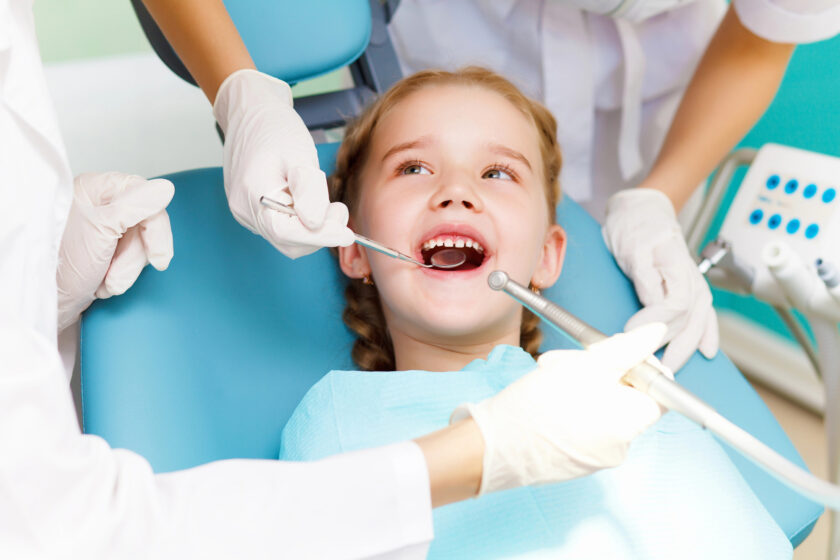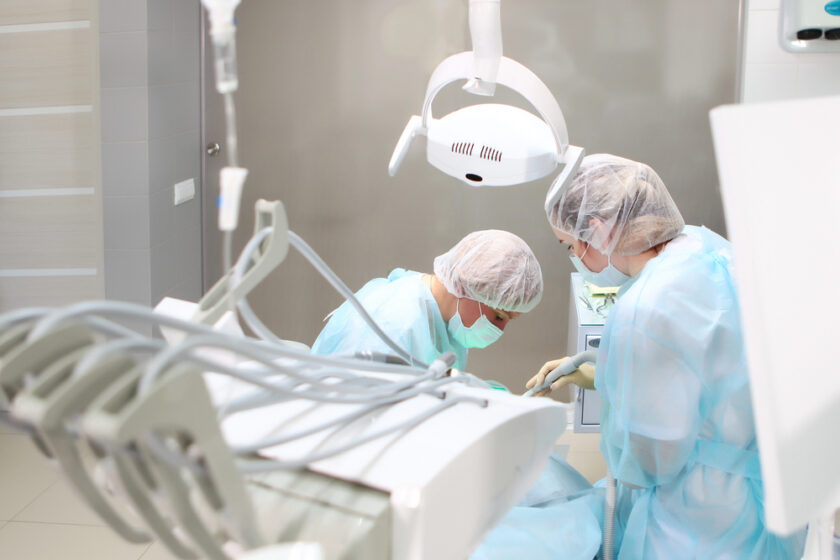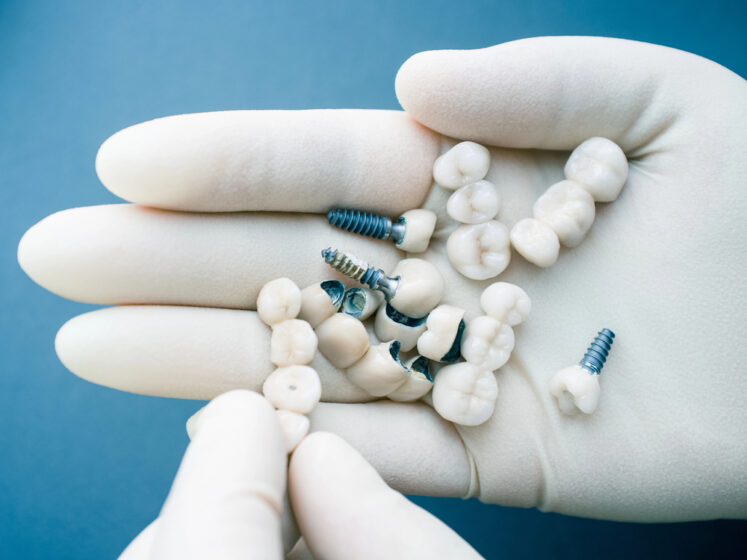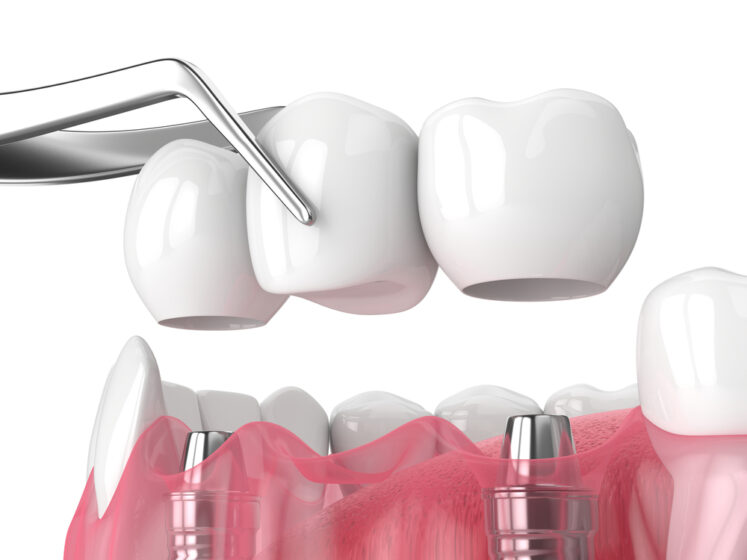Full-arch implant dentistry has undergone one of the most dramatic evolutions in modern dental care. Once reserved for the few who could afford traditional, multi-stage implant reconstruction, full-arch solutions have rapidly become mainstream — and All-on-4 is leading the charge into 2026. With advancements in biomaterials, digital workflows, surgical planning and patient awareness, the All-on-4 protocol is now one of the fastest-growing restorative treatment categories worldwide.
What Is All-on-4? A Quick Refresher
The All-on-4 concept is an implant-supported full-arch solution designed to replace an entire upper or lower set of teeth using just four strategically placed dental implants. Two implants are placed vertically at the front of the jaw and two angled implants at the back, providing stability and avoiding anatomical structures such as the sinuses or nerve canal. A full arch of prosthetic teeth is then attached to the implants, often on the same day, giving patients immediate function and aesthetics.
Its biggest advantages have always been clear:
Fewer implants
No or minimal bone grafting
Faster treatment
Immediate transformation
Lower cost than traditional full-arch implants
As 2026 approaches, these benefits are now amplified by emerging technologies and shifting patient expectations.
Why All-on-4 Demand Will Surge in 2026
1. An Ageing Population with Higher Dental Expectations
Globally — and especially in countries like Australia, the U.S., and much of Europe — the population aged 55+ is expanding rapidly. Unlike the generations before them, today’s mid-life and older adults want:
Fixed teeth instead of dentures
Improved chewing ability
A natural smile
Long-term solutions, not temporary fixes
All-on-4 provides exactly that: stability, confidence and full functionality. Denture wearers tired of loose plates, adhesives, or struggling with dietary restrictions are increasingly choosing full-arch implant solutions as their ultimate dental investment.
2. Major Advances in Digital Implant Dentistry
The single biggest reason All-on-4 is booming into 2026 is the technological leap in digital dentistry, including:
3D cone beam CT scans (CBCT)
Intraoral scanning
Computer-guided implant surgery
AI-enhanced bone analysis
3D facial scanning and smile design
Printed provisional bridges
These digital workflows mean:
More precise implant placement
Shorter surgeries
Safer treatment for high-risk patients
More aesthetic outcomes
Faster turnaround times
This new ecosystem makes full-arch implant dentistry more predictable, more comfortable, and accessible to more patients.
3. Higher Success Rates and Better Materials
Advances in implant surface technology and prosthetic materials have pushed All-on-4 success rates into the mid- to high-90% range, even in cases previously considered complex.
New materials driving this boom include:
Zirconia bridges — highly durable, stain-resistant and extremely aesthetic
Titanium bar hybrids — lightweight and incredibly strong
Nano-composite PMMA provisional bridges — ideal for same-day full-arch loading
Improved implant surfaces for faster osseointegration (bone bonding)
These improvements mean longer-lasting restorations, fewer complications, and better bite force — all adding to patient confidence.
4. Increased Public Awareness Through Media & Marketing
Five years ago, full-arch implants were understood by only a small percentage of the population. Today:
TikTok and Instagram showcase “instant smile” transformations.
Dental clinics offer virtual consults and digital previews.
Reality TV and smile-makeover programs feature full-arch cases.
Word-of-mouth spreads rapidly because results are so dramatic.
Patients who once accepted dentures as inevitable now know an alternative exists.
5. Treatment Costs Becoming More Accessible
While All-on-4 is still a major investment, several factors have lowered the barrier:
More clinics offering full-arch treatment
Greater competition driving fairer pricing
Access to payment plans and financing
Digital workflows reducing lab and surgical overheads
More efficient treatment protocols
Patients who once assumed implants were unaffordable often discover full-arch options cost less over 10–20 years than repeated dental patchwork, denture relines and replacements.
What’s New in All-on-4 Heading into 2026?
1. AI-Driven Surgical Planning
AI-assisted planning allows clinicians to analyse:
Bone density
Nerve position
Sinus shape
Ideal implant angulation
Bite alignment
This increases accuracy while reducing surgical uncertainty — such as you would find at this All On 4 dental implant provider in Melbourne’s Narre Warren – is especially for patients with compromised bone.
2. Fully Guided, Flapless Surgery
Guided surgery with 3D-printed surgical guides allows for:
Smaller incisions
Minimal post-operative swelling
Faster healing
Reduced chair time
Many full-arch surgeries now take less than 2 hours per arch.
3. Same-Day Zirconia Coming Soon
Historically, zirconia full-arch bridges required multiple lab stages and weeks of fabrication. With advancements in digital milling:
Same-day zirconia
Or next-day zirconia bridges
are becoming increasingly realistic in top-tier clinics.
4. High-Performance “Monolithic” Arch Designs
Monolithic zirconia, reinforced PMMA and titanium-milled substructures are now engineered for better:
Strength
Shock absorption
Wear resistance
Long-term comfort
These upgrades make modern full-arch bridges far more durable than early 2010s hybrid models.
The 2026 Patient: Better Informed, Better Prepared
Today’s dental implant patient is savvy. They research:
Implant brands
Surgeon credentials
Lab materials
Long-term reviews
Success rates
Cost comparisons
Patients ask more questions and value detailed treatment planning. Clinics that offer transparent digital presentations — including 3D scans, smile simulations and predictive outcomes — will continue to grow the All-on-4 sector.
Is All-on-4 Right for Everyone?
Full-arch implants are not a one-size-fits-all solution. Candidates typically include those with:
Failing teeth
Severe gum disease
Ill-fitting dentures
Multiple missing teeth
Bone loss (but still adequate for angled implants)
However, conditions such as uncontrolled diabetes, smoking or untreated periodontal disease can affect outcomes. A thorough dental and medical evaluation is essential.
The Future of Full-Arch Dentistry
As we move further into 2026, expect:
More clinics specialising in All-on-4
Dedicated implant centres will become more common.
Better long-term data
20+ year studies now support the procedure’s durability.
More personalised prosthetics
Facial-driven design ensures the arch complements the patient’s unique features.
Greater emphasis on maintenance
Clinics will focus heavily on hygiene protocols and long-term care packages.
Talking About a Revolution
The All-on-4 revolution shows no sign of slowing. As patients demand long-lasting solutions, and as clinicians gain access to improved digital workflows, 2026 is shaping up to be a milestone year for full-arch restorative dentistry. With greater precision, shorter treatment times, more aesthetic materials, and improved patient education, All-on-4 has moved from a niche procedure to a mainstream, life-changing option for people who want a stable, confident, permanent new smile.
